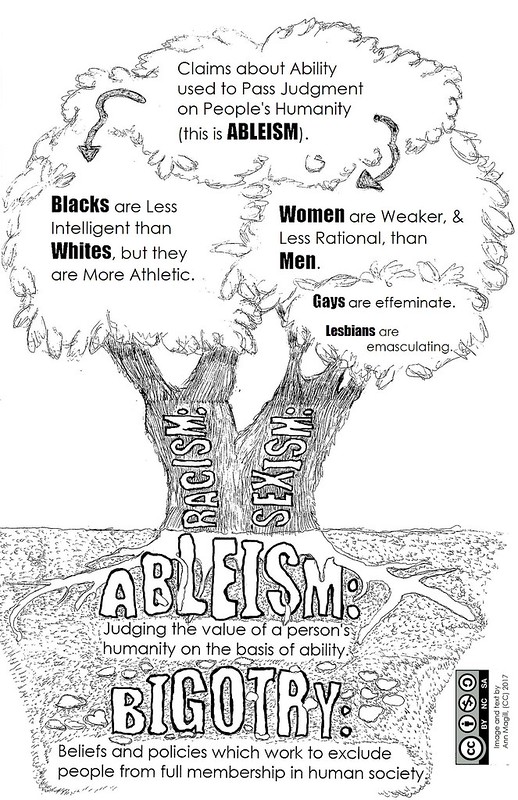One: Right now, I'm aiming for a 6-week challenge: From January 2 to February 13: The dullest of doldrums times in my particular culture. Also, I've heard that it takes six weeks of steady practice to get a habit rooted.
Two: Word count be damned. Instead, I'm thinking along the lines of "A Plot Chain Unit A Day": Situation -> Disruption -> Reaction -> Consequence. Start the next day with New Situation. That might be covered in 300 words, or it might take 1,000. If you don't have all the words in your brain (or time in your day), jot down the synopsis. As with NaNoWriMo, if you're on a roll, you can always write more.
Three: (Because, I, personally, need to be be connected to other people, as well as a schedule, to keep on track) Schedule in periodic breather days (every 3 days? once a week?) for getting feedback on knotty plot units, with a willing partner(s). That partner might also be writing (in which case, you'd trade) but they don't have to be -- they could just be your "sounding board." Breather Days could also be used for going back and filling in synopses, if need be.
(NaNoWriMo's culture of "Never look back, never pause, just throw as many words on the page as you can, regardless of what those words mean," is ultimately what always led to my mental and emotional burnout by the end of November)
There is no fixed word count for success. The point is to finish a satisfying story.
Whatcha think?
Two: Word count be damned. Instead, I'm thinking along the lines of "A Plot Chain Unit A Day": Situation -> Disruption -> Reaction -> Consequence. Start the next day with New Situation. That might be covered in 300 words, or it might take 1,000. If you don't have all the words in your brain (or time in your day), jot down the synopsis. As with NaNoWriMo, if you're on a roll, you can always write more.
Three: (Because, I, personally, need to be be connected to other people, as well as a schedule, to keep on track) Schedule in periodic breather days (every 3 days? once a week?) for getting feedback on knotty plot units, with a willing partner(s). That partner might also be writing (in which case, you'd trade) but they don't have to be -- they could just be your "sounding board." Breather Days could also be used for going back and filling in synopses, if need be.
(NaNoWriMo's culture of "Never look back, never pause, just throw as many words on the page as you can, regardless of what those words mean," is ultimately what always led to my mental and emotional burnout by the end of November)
There is no fixed word count for success. The point is to finish a satisfying story.
Whatcha think?

